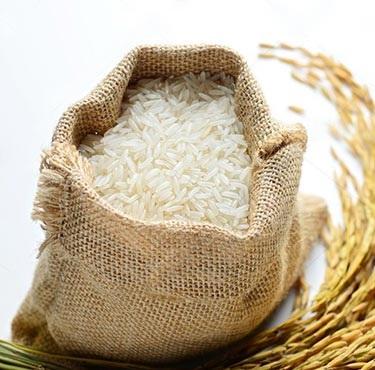What Global Buyers Should Know About Basmati Rice Exporters in India

Basmati rice has always been the pride of India’s farm exports. Famous for its aroma, long grains, and cooking quality, it holds global recognition, especially in premium markets. In 2025, as more people worldwide choose specialty rice, Indian Basmati exporters are taking a leading role in meeting demand.
For buyers, knowing India’s strengths in supply, export patterns, and trade systems is important to make the right sourcing decisions.
India’s Stronghold in Basmati Rice Exports
India accounts for nearly 70% of the world’s Basmati exports, thanks to centuries-old cultivation in the fertile Indo-Gangetic plains. The country’s exporters manage large-scale procurement, grading, and processing facilities that ensure consistency in quality.
Some factors making India the leader include:
-
Geographic Indication (GI) recognition – Authentic Basmati comes only from India (and select regions of Pakistan), protecting the brand value.
-
Advanced milling and processing plants that meet global food safety standards.
-
Government support for rice exporters, including compliance systems for residue-free and quality-certified consignments.
Top Importing Markets for 2025
Global demand for Basmati rice is expanding steadily, driven by both traditional consumption and premium retail markets.
Key destinations for Indian Basmati exports include:
-
Middle East (Saudi Arabia, UAE, Iran) – Traditional buyers accounting for bulk consumption.
-
Europe – Growing demand in ethnic food retail and gourmet categories.
-
United States & Canada – Premium consumer markets emphasizing packaging and branding.
-
East Asia – An emerging demand base focusing on healthy and specialty food segments.
Pricing Trends and Market Dynamics
Unlike commodity rice varieties, Basmati is positioned as a premium grain, commanding higher margins. Pricing depends on crop yields, milling quality, and global demand cycles.
Current 2025 insights:
-
Average price range: USD 1,200–1,600 per metric ton, depending on variety and quality.
-
Volatility factors: monsoon fluctuations in India, shipping costs, and import regulations in key markets.
-
Premium edge: Aged Basmati commands higher prices due to enhanced aroma and grain texture.
What Global Buyers Should Look for in Indian Exporters
When sourcing Basmati rice from India, buyers should focus on:
-
Exporter credibility – Long-standing players with global certifications (ISO, HACCP, FDA).
-
Quality consistency – Assurance of grain length, aroma, and absence of contaminants.
-
Bulk packaging options – From 25kg sacks for wholesale to consumer-ready packs.
-
Supply reliability – Exporters with strong farmer networks and procurement systems.
The Role of Digital Trade Platforms
Traditionally, sourcing Basmati rice involved multiple middlemen, creating inefficiencies. With platforms like Tradologie.com, global importers now gain:
-
Direct access to verified Indian exporters.
-
Real-time negotiation and bulk pricing.
-
Transparent procurement with quality certifications.
-
Faster deal closure and assured delivery timelines.
For large buyers, this digital approach ensures cost efficiency, authenticity, and consistent supply, bypassing risks of counterfeit or low-grade rice.
Conclusion
For global buyers, India continues to be the top leader in Basmati rice exports. In 2025, demand is expected to grow strongly across the Middle East, Europe, and North America, with premium varieties creating profitable trade opportunities.
By working with trusted Indian exporters and using digital trade platforms, buyers can source genuine Basmati rice at fair prices while meeting global standards of quality and compliance.







